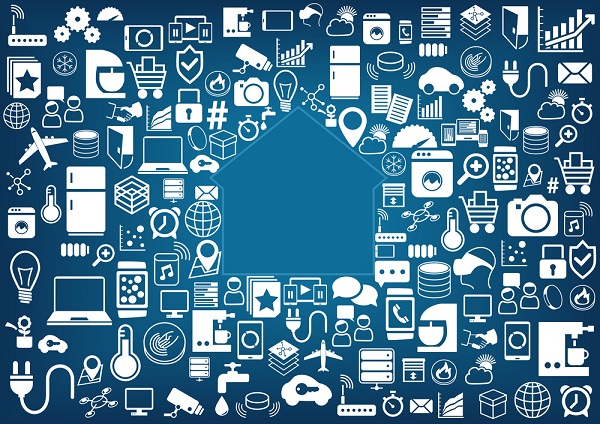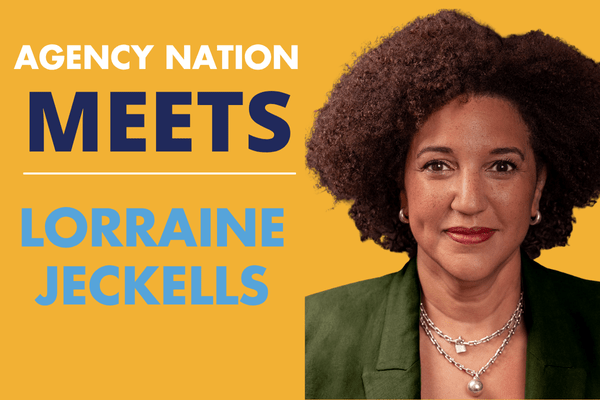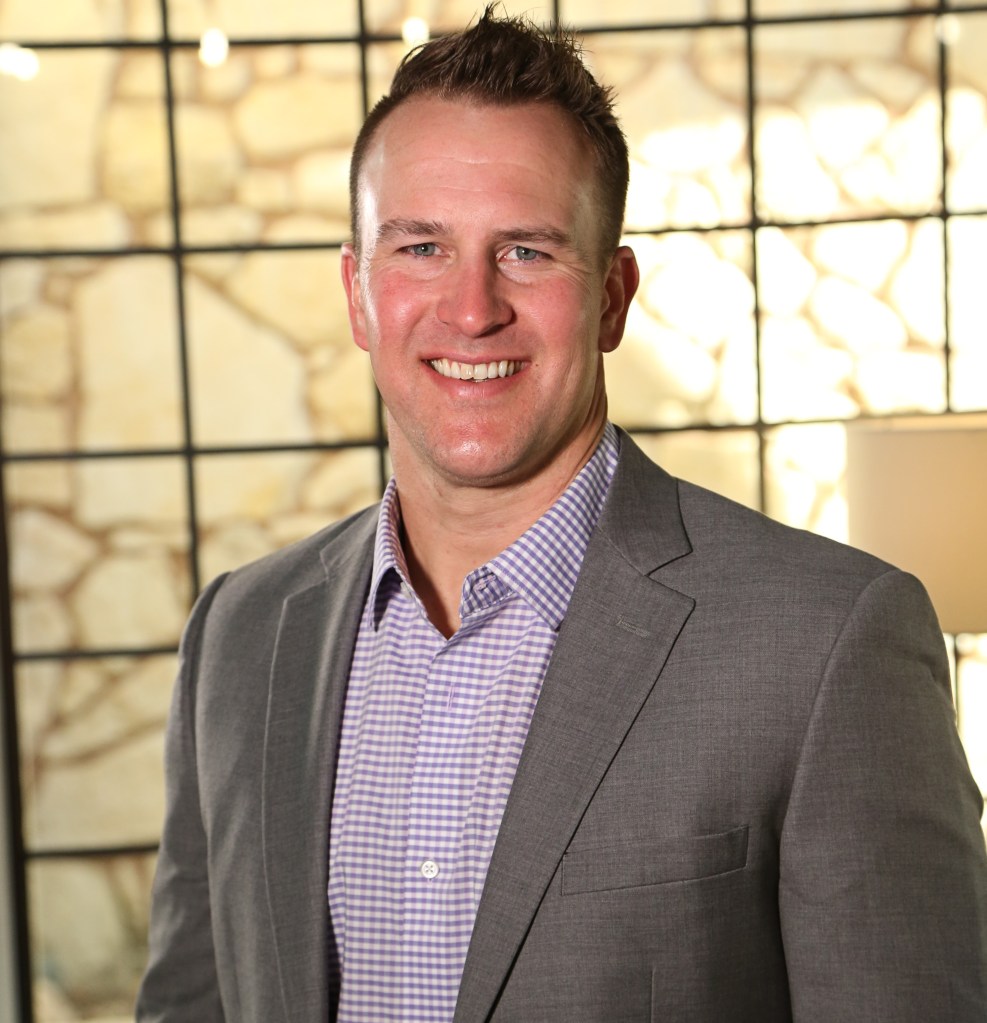Technology Deep Dive: The Internet of Things in Personal Lines

By: Ron Berg
As a result of the Internet of Things (IoT), carriers can gather substantial amounts of data to underwrite more effectively. By accessing information available via platforms like social networks and crowdsourcing, carriers can begin to underwrite for lifestyle.
Meanwhile, sensing devices, such as those embedded in autos or home appliances, will enable carriers to assess how an insured drives or even what maintenance has been done on their dishwasher. And with public source and authorized private information, carriers can evaluate property or driving records without any involvement on the part of the consumer.
For personal lines agents, the IoT will impact day-to-day operations—the processes of collecting information and understanding what additional information will be important in the new environment.
For example, agents will need to understand sensing devices and the impact they may have on a client’s premium, deductible and coverage. They will also need to collect social media links from clients, which may have a similar impact. As more of these processes make their way into personal lines, storing and collecting this information will present a new challenge for agents.
The consumer experience will also change in response to the IoT. Consumers will need to provide permission for personal information to be pulled from inside their homes or from their social media accounts. Some of your clients may not be comfortable with this arrangement, but by providing this information, they will be able to leverage investments in technology to gain a preferred underwriting decision.
Carriers, meanwhile, will hope for fewer claims overall and more self-directed smaller claims, which will expedite the claims process and reduce expenses. With existing technology, insureds can already communicate directly with adjusters. Home inventory pictures and videos can be easily stored in the cloud, reducing the chance of losing them in a catastrophic event. But that’s just the beginning.
Consider a couple that is looking for new home and auto insurance. During the underwriting process, a speeding ticket shows up on one of the driver’s licenses. The carrier’s system checks that date across all their data, and what they find allows them to still offer the most preferred rate.
The carrier also notices that the client’s water flow monitors reported moisture that day, and a post on one of their Facebook feeds that reads: “Had a bad day, first our water flow sensor went off. Then, while on my way home to check on the house, my daughter’s school called. She hurt her leg at recess and they feared it was broken. On my way to pick her up, I got my very first speeding ticket. Behind every dark cloud though…my daughter only sprained her ankle and our flow shut off valve worked perfectly, we only had a little water in the laundry room.”
Overall, the consumer will notice a distinct improvement in the claim process. But agents must be proactively engaged with their customers to advise them on how these processes work so that they don’t feel abandoned. As the independent agent’s value proposition evolves over time, consumers are likely to follow those who not only take advantage of technological enhancements for efficiency, but also maintain and improve the degree of humanity in the claims process.
Ron Berg is executive director of the Agents Council for Technology (ACT). This article is adapted from ACT’s free IoT e-book. View all of ACT’s IoT resources online.
For details on how the IoT will impact personal lines, commercial lines and life-health insurance, keep an eye on IAmagazine.com and upcoming editions of the News & Views e-newsletter.










